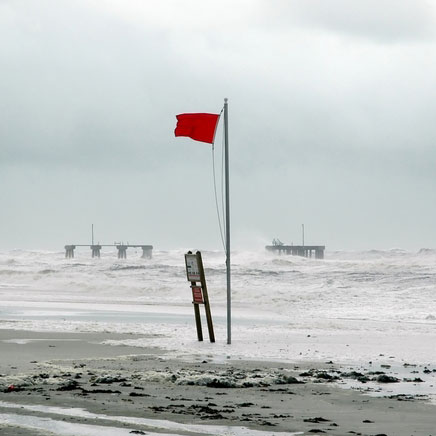Assessing the environmental burdens of e-waste recycling in China

Assessing the environmental burdens of e-waste recycling in China
Every year, 25 million tons of electronic waste are produced around the world and China is receiving most of it. Chinese scientists are exploring the burdens of electronic waste treatment, an increasingly pressing national issue.
Original Paper:
J.Hong, W. Shi, Y. Wang, W. Chen, X. Li. Life cycle assessment of electronic waste treatment. Waste Management. 38 (2015): 357-365. DOI: http://dx.doi.org/10.1016/j.wasman.2014.12.022
Population growth coupled with the advancement of modern technologies and consumer goods production during the recent years have increased the generation of electronic waste, or e-waste, globally. E-waste emergesas a critical issue due to its demand for specific treatments. This is because e-waste, if treated improperly, can present negative consequences to the environment due to the discharges of heavy metals and hazardous chemicals. Given that China is the number one importer of e-waste for recycling, the impact of e-waste treatments is a topic that demands attention.
In a recent study published in Waste Management, a group of researchers from Shandong University contrasted environmental burdens derived from e-waste treatment with end-life disposal (ET-D) and without end-life disposal (ET-ND). End-life disposal includesthe use of technologies such assanitary landfills and incinerators, as a part of the proper treatment required by e-waste.Appropriate treatment can help prevent toxic emissions to air, water or soil — and the associated environmental contamination and human health threats. Not surprisingly, those more complex methods aremore common in industrialized nations, such as the United States and countries inEurope.In China, however, many recycling businesses have been using primitive and hazardous methods, including operationsina town called Guiyu, one of the largest e-waste dumpsites in the world.
The authors based their analysis on the use of a systemic methodology calledLife Cycle Assessment (LCA). Through the LCA, they assess the management of one ton of e-waste, quantifying the impacts of inputs and outputs such asraw materials, energy consumption, waste disposal, and emissions to the environment.The tool allocates the burden of inputs and outputs considering 18 different categories of impacts. The main results show that the treatment with end-life disposal scenario presents higher scores for climate change, freshwater eutrophication and fossil depletion. Incontrast, treatment without end-life disposalscenario has higher scores for human toxicity, terrestrial ecotoxicity, freshwater ecotoxicity, and marine ecotoxicity; as expected, all of these impacts are related to the direct soil emissions caused by waste open dumping stage.
The study acknowledges the lack of conventions, directives, and laws governing producer responsibility in China, which leads to the incorrect disposal of e-waste. They call attention to the importance of determine and establish clear obligations for manufacturers, retailers, recycling companies and consumers in order to better manage e-waste in China, where the volume of e-waste being treated keeps growing, which representsa real threat to human and environmental health.




